MASTER YOUR MARKETING STRATEGY: 16 ESSENTIAL KPIS TO TRACK IN 2024

BY HEIDI MCIVOR ALLEN
In the ever-evolving landscape of digital marketing, Key Performance Indicators (KPIs) stand as the guiding stars illuminating the path to success. Whether you’re delving into the realm of general KPIs, navigating the intricacies of SEO, harnessing the power of paid channels, maximizing the impact of email marketing, or capitalizing on the vast opportunities of social media, understanding and leveraging the right KPIs is paramount. These metrics aren’t just numbers on a dashboard; they’re the pulse of your strategy, the indicators of progress, and the catalysts for growth. Join us on a journey through the world of KPIs as we uncover the insights, strategies, and best practices that will empower you to thrive in today’s digital ecosystem.
WHAT IS A KPI IN MARKETING?
Marketing key performance indicators (KPIs) are specific, numerical marketing metrics that measure progress toward a defined goal within marketing channels.
Marketing KPIs assess the effectiveness of your marketing endeavors. Defining and monitoring these indicators is crucial because it allows you to:
Gauge Progress
Evaluate which marketing initiatives meet or surpass expectations.
Optimize Budget
Allocate resources to channels that yield the highest return on investment (ROI).
Inform Decision-Making
Extract insights from data to guide strategic choices.
Identify Weaknesses
Recognize underperforming campaigns or assets that require improvement.
16 EXAMPLES OF MARKETING KPIS TO MONITOR IN 2024
GENERAL MARKETING KPIS
General Marketing KPIs concentrate on fundamental data points, such as conversions and ROI, which remain pertinent regardless of the channels you prioritize. These indicators provide insight into the value generated by your marketing expenditures.
1. Customer Leads
A customer lead refers to either an organization or an individual who has the potential to become your customer or has shown interest in your offering. Monitoring both the quantity and quality of leads is vital for forecasting potential future revenue. An increase in leads may translate to more paying customers.
Additionally, it’s crucial to track the channels and campaigns that generate leads. By identifying high-performing marketing initiatives, you can allocate additional resources to further enhance their effectiveness.
2. Cost Per Lead
Cost per lead (CPL) is the investment required to acquire a new lead through your marketing endeavors.
Tracking CPL across various channels and campaigns allows you to evaluate which activities generate the most leads for the best price.
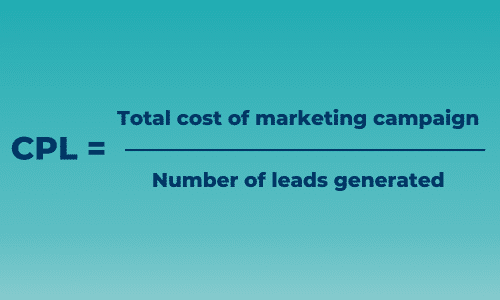
If your performance falls below the industry average, it’s an opportunity to analyze your marketing efforts and identify areas for improvement. This could involve refreshing your ads or landing pages, as well as expanding your product features to better meet customer needs.
3. Conversion Rate
The conversion rate represents the percentage of users who complete a desired action after engaging with your marketing ads, campaigns, and other assets.
This action could include activities such as signing up for a newsletter, making a purchase, or any other objective you aim for your audience to accomplish.
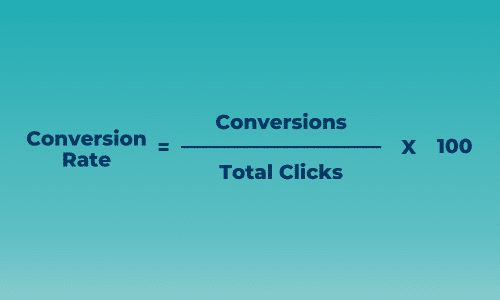
Conversion rate provides insight into the portion of your traffic that converts into leads, as well as how many of these leads progress into paying customers, thereby contributing to revenue.
By tracking conversion rates of ads and pages, you can also experiment with different messaging, calls-to-action (CTAs), and page designs to identify what effectively drives conversions. This allows for ongoing optimization of conversion rates.
4. Customer Lifetime Value
Customer lifetime value (CLV or CLTV) consists of the total revenue a business anticipates earning from a customer throughout their entire relationship with the company.
CLV serves as a crucial metric for comprehending your business. For profitability, your CLV must surpass the sales and marketing expenses incurred in acquiring a single customer.
You can boost CLV by nurturing prospects and upselling existing customers. So that you generate more revenue from a single customer.
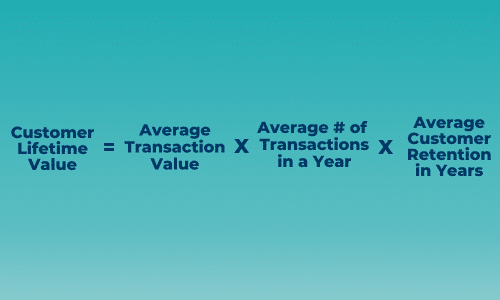
5. Return on Marketing Investment
Return on Marketing Investment (ROMI) measures the revenue generated by your marketing efforts relative to their cost.
A positive ROMI indicates that marketing is positively impacting the company’s bottom line and signifies effective utilization of your marketing budget.
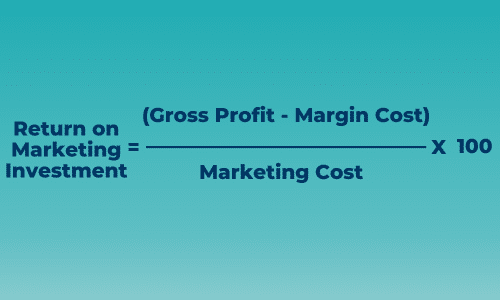
You can analyze ROMIs of various channels or campaigns to pinpoint and enhance the performance of the most effective ones. Examples of this include finding that Facebook social media ads outperform LinkedIn ads, or that organic traffic delivers the highest ROMI among all channels.
A high ROMI can be influential in persuading stakeholders to allocate additional resources to specific marketing initiatives.
SEO KPIS
SEO has the potential to serve as a powerful marketing channel. However, due to the time required to yield results, it is essential to measure relevant KPIs to ensure you are progressing in the right direction.
6. Keyword Rankings
Keyword ranking refers to the position of your webpage in search results for a particular search query.
For instance, if users search for “link building SEO” in a search engine, Semrush’s link-building guide appears at the top spot for that query, demonstrating its high keyword ranking.
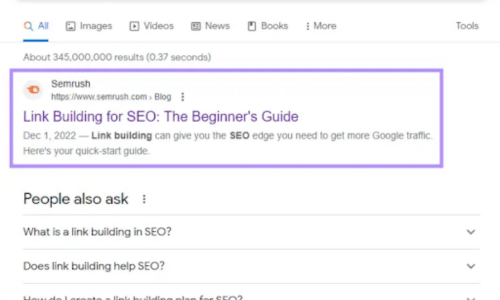
Pages can rank for multiple keywords, with the top three positions in organic search results capturing over two-thirds of all clicks.
Tracking keyword rankings as a KPI and enhancing them is essential as it leads to increased website traffic.
You can utilize Semrush’s Position Tracking tool to monitor your website’s rankings for a customized set of target keywords.
This tool enables you to establish campaigns and receive regular updates on the evolution of your rankings over time. This data is crucial for evaluating the effectiveness of your SEO strategies and making necessary adjustments.
To begin, simply access the tool, input your URL, and click “Set up tracking.”

You’ll receive daily updates that summarize the number of keywords for which your domain has page ranking. This feature enables you to efficiently track this crucial KPI and promptly make any necessary adjustments.
You can explore the reasons behind this and aim to reverse the trend. Competitors may have created superior content compared to yours. If this is done, you can improve the quality of your content to regain lost rankings.
7. Organic Sessions
A session represents the duration during which a user interacts with a website or an app. For example, when a user enters your site, views several pages, and then departs, it is considered a single session.
Organic sessions come from visitors who arrive at your site by clicking on organic search results.
Monitoring organic sessions as a KPI assists in gauging the volume of organic traffic your site receives and evaluating the effectiveness of your marketing endeavors.
You can locate organic sessions within Google Analytics 4 (GA4).
8. Backlinks
Backlinks are hyperlinks from other websites directing traffic to your site. Google views backlinks as validations of your site’s credibility, making them a pivotal factor in search engine rankings. This amplifies significantly when backlinks originate from diverse reputable domains, rather than a limited number of low-quality sites.
As your site accumulates more backlinks, its authority in Google’s perspective increases.
Consequently, this can lead to enhanced keyword rankings and heightened organic traffic.
You can use Semrush’s Backlink Analytics to check which sites link to you.

PAID CHANNELS KPIS
9. Return on Advertising Spend
Return on advertising spend (ROAS) indicates the revenue generated from the funds invested in advertising.
Monitoring ROAS provides insight into how effectively your advertising budget converts into revenue. Marketers can track ROAS across various campaigns, channels, and platforms to assess their advertising effectiveness.
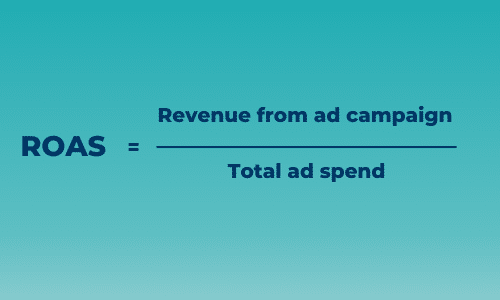
10. Cost Per Acquisition
Cost per acquisition (CPA) represents the total marketing expenditure required to acquire a paying customer through a specific channel (or overall).
This encompasses all costs, ranging from salaries and software to any other overhead expenses.
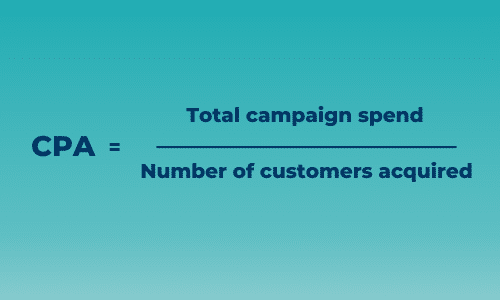
Monitor CPA to gauge the profitability and effectiveness of your advertisements.
For profitability, your CPA ideally should be lower than your customer lifetime value (CLV).
A high or rising CPA could signal declining efficiency in your paid ads. To lower CPA, experiment with various ad targeting, messaging, and visuals.
Additionally, optimize conversion rates through enhanced messaging and landing page designs.
Analyzing CPA across different channels may reveal valuable insights. For instance, you might find that Google Ads campaigns acquire customers at a lower cost compared to Facebook Ads and SEO. Consequently, you can allocate more budget towards Google Ads.
11. Cost Per Mille
Cost per mille (CPM), also referred to as cost per thousand, is the amount advertisers pay for every 1,000 impressions. An impression is the number of times an ad is displayed and viewed by online users.
CPM aids advertisers in estimating the cost of reaching their target audience with a particular ad, facilitating budget planning and management for marketers.
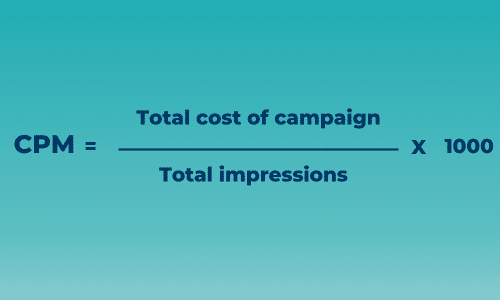
Monitoring CPM proves particularly beneficial for refining brand awareness ads. By targeting audiences with specific demographics or interests, you can reduce your CPM.
Engaging ads receive wider exposure on advertising platforms, leading to lower CPM.
EMAIL MARKETING KPIS
If you manage a newsletter or employ email campaigns for nurturing leads, keeping an eye on the appropriate KPIs is crucial for refining your email marketing strategy. Let’s explore some key email marketing metrics.
12. Subscribers
Subscribers are those who have chosen to receive your emails by opting in.
The majority of email platforms track your subscriber count. The subscriber count is a crucial KPI as it indicates the reach of your email campaigns.
Therefore, nurturing and converting subscribers through tailored email campaigns is highly effective. Building a rapport with them increases the likelihood of conversion compared to other prospects.
13. Open Rate
The open rate represents the proportion of recipients who open an email relative to the total emails sent. This metric is usually available through your email marketing platform.
By tracking open rates, you can assess the engagement and resonance of your email campaigns. Higher open rates suggest that the subject line effectively captures the audience’s interest.
Consistently monitoring open rates allows you to compare subject line performance over time. If open rates decline, adjusting the subject line or sender name may be necessary.
Additionally, segmenting your audience allows for testing different emails and subject lines tailored to specific groups.
14. Click-Through Rate
The email click-through rate (CTR) measures the proportion of users who click on a designated link in your email compared to the total number of recipients who opened the email.
This metric is typically monitored by email marketing platforms. CTR indicates the level of engagement with your content and reflects interest in your offer or brand.
Benchmarking your CTR against industry standards provides context for performance evaluation.
Enhancing your CTR involves crafting compelling email content. Emphasize clarity and conciseness, make content easily scannable, and supplement text with impactful visuals.
Maintaining consistency in both design and copy across your content contributes to improved CTR.
SOCIAL MEDIA KPIS
15. Follower Count
The follower count is the number of individuals who follow your social media accounts across various platforms. This is readily available on your social profiles.
Follower counts allow you to judge your brand popularity and extend the potential reach of your content. However, it’s essential to note that having a large follower count doesn’t ensure that every follower will see your posts. Creating engaging content remains crucial.
Monitoring follower count as a social media KPI is valuable as it correlates with potential revenue growth, highlighting the significance of audience expansion.
16. Average Engagement Rate
The average engagement rate (AER) depicts the proportion of individuals who liked, commented, shared, or saved your content compared to your total number of followers.
Calculating AER involves dividing the total engagements received by your social content by the number of posts within a defined timeframe.
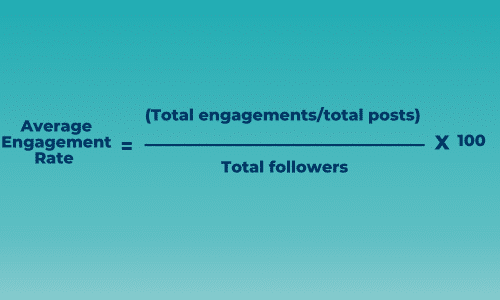
AER provides a broad perspective on the resonance of your social media content with your audience.
By consistently tracking AER, you gain insights into the effectiveness of your content strategies. For instance, if you intensified your focus on video content recently and observed a significant rise in engagement rates, it suggests a successful strategy adjustment.
Examining AER across various platforms enables you to pinpoint where your content performs best, allowing you to allocate resources more effectively to those platforms.
HOW MCIVOR MARKETING CAN HELP YOUR BUSINESS TRACK KPIS
Here at McIvor Marketing, we have access to multiple platforms that track data and analytics. We are constantly monitoring the performance of all our platforms and cross-referencing KPIs.
As we monitor the performance of these KPIs we also make changes to email, ads, and social media creative/content to increase KPI performance.
Contact us today to schedule a discovery call and we can assess which KPIs are most beneficial to your marketing goals.
Want to Read 5 Marketing Tips for Small Businesses?
Check out this blog post and see if your business is currently tackling these Top 5 Marketing Tips. If you have questions or find you need help in an area, reach out!
Like What You Read? Share It!




